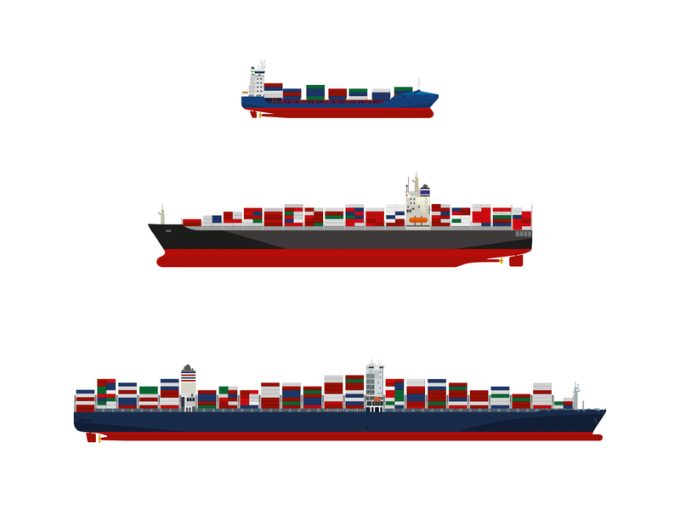As 'gift' season looms, airlines must know exactly what cargo they are carrying
It’s not just the loss of taxes or the import of illegal substances that is ...

It seems the ultra-large container vessels (ULCVs) that have become the ‘new normal’ on the Asia-Europe tradelane have not proved as popular as the lines that operate them hoped.
Several shippers The Loadstar spoke to at Transport Logistic in Munich last week could not hide their aversion to the ocean behemoths – and it appears the insurance industry also has concerns.
In its 2019 Safety and Shipping review, Allianz says ULCVs “are of particular concern” for the insurance industry, given that bigger vessels mean bigger ...
Outlook for container shipping 'more uncertain now than at the onset of Covid'
Shippers warned: don't under-value US exports to avoid tariffs – 'CBP will catch you'
Cancelled voyages take the sting out of spot rate declines this week
New Houthi warning to shipping as rebel group targets specific companies
K+N CEO unveils impact of US import tariffs on China-origin goods
Blanked sailings in response to falling demand 'just a stop-gap solution'
Teamsters union vows UPS will be 'in for a hell of a fight' over jobs cull
CMA CGM to reflag box ship as the French carrier eyes growing Indian market
More pressure on transpacific rates as carriers bet on a China-US trade deal
Boeing looks to resell up to 50 aircraft rejected by Chinese buyers
'Strong start' to 2025, despite market uncertainty, says Kuehne + Nagel
US Customs chaos means 'more downside risk than upside potential' for air cargo
Taiwan ministries act to mitigate effect of trade war on agriculture exports
Wan Hai joins box shipping 'arms race', but avoids Chinese yards for newbuilds
MOL signs up with Climeworks for direct air carbon capture and storage


Comment on this article
KEVIN MONTEATH
June 10, 2019 at 8:46 pmBigger vessels by lines will not only take away the profits,But will dig the grave bigger.
Bigger vessels will create a bad impact on the bottom line, Unless this stops, liner investors will face major hurdles and setbacks. 12000-15000 Teus is the game plan and win win situation. Joint service and trust by lines must be adhered on vessel sharing agreements. its a MUST
Where is the cargo? who gets a bigger slice by implementing ULCVS? Will it create a trade war in on all trade lanes? These are the consequences liner companies have to ask themselves, Survival long term or short term is the call now. my views kevin monteath-canada